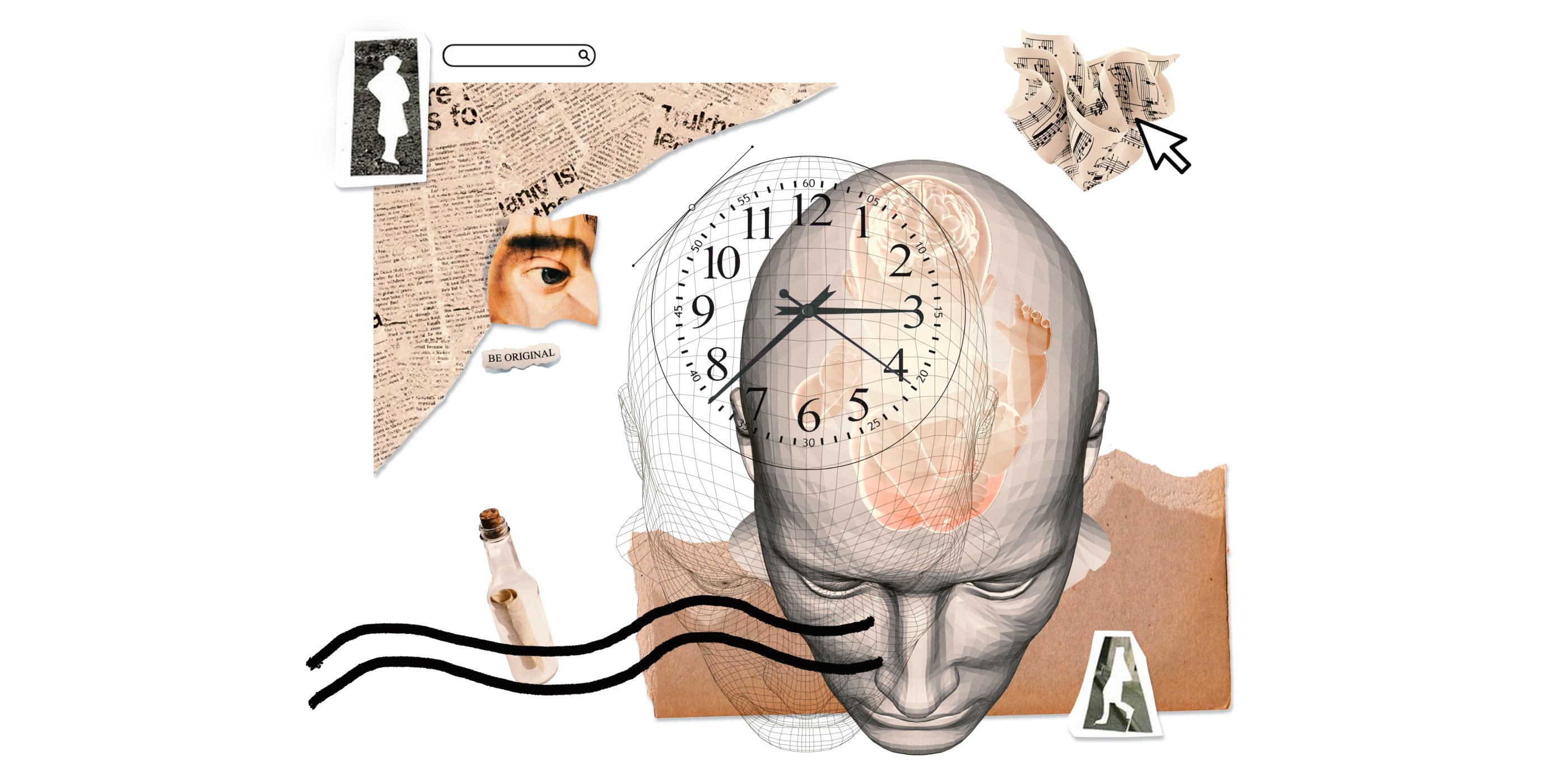Zajno’s Design Processes
Zajno’s Design Processes

Zajno’s Design Processes: Starting From a Simple Meeting to Create the Superb Result
Design is more than just a creative process. It is a link of elements that create one design process. We can tell that the result heavily depends on this process. The better it is thought through – the better the result.
Andrew, Zajno’s art director, dives into the design studio processes and facilitates them step by step.
Here, at Zajno, we break down each working stage depending on the client’s tasks and common agreements. During some projects, we need only marketers and content creators, while others require a full development team. Sometimes we need to create large systems from scratch, and other times we need to add several components to the existing project.
Despite such a flexible approach, we have formed a few mandatory steps for all projects. These steps include learning the issue, conducting research, making wireframes, design and creating drafts.
Meeting Client and Learning the Issue
The product must reflect the customer's individuality to be unique and meaningful. To achieve this result, we need to become friends with our clients.
We have a list of questions, tested by many, to learn our customers better. This is not a standard brief, rather a communication plan to clarify some questions and test ideas. This practice helps us understand the project better where both sides benefit from this simple conversation. Most clients never notice small knick-knacks that can be extremely helpful during the development while filling in a brief. That’s why such talks are crucial in our practice.
Picking the team for this particular project (for example, we need a specialist to create 3D graphics and animation for a promo page)
Breaking down the project into stages to provide the client with a duration estimate
Looking for a specialist on the side (if the niche is new for us).
These steps help us reflect the individuality of our customers and the product.
Research. Synchronization With a Client
After synchronizing with the client, we dive into a creative process. It is crucial to go beyond the specific framework to find the best solution. Even when recognizing the task as similar, we still search for a new, unique solution. We search for answers and new curiosities that might help in our work.

Moodboard
We always stay in touch with the client. And when we have questions, we ask them right away, neverminding the project stage. It works like this:
Looking for and generating ideas
Learning something new, sharing, and asking clarifying questions
Studying competitors and their cases
Studying audience and creating portraits
Creating a mood board with ideas that set the mood of the future product. It is more than just a list of similar projects. Such board creates the overall aesthetic in pictures, art, photos, videos, and websites
Sharing the experience during the presentation for the client
Receiving the feedback and moving forward.
It is crucial to be on the same page with your client. Otherwise, it might end poorly.
Wireframe and Prototype
We need a prototype to find weak spots and check hypotheses. For us, this is a handy tool to structure information and identify any issues. But it is also a chance to build storytelling and meet customer expectations.


This stage breaks down into:
Defining the user tasks, creating a portrait, if necessary
Creating a site map and elaborating user flow
Creating low fidelity wireframes to discuss logic within the team and approve the structure with the client
Developing the detailed prototypes
Testing the prototype within the internal team and the customer team.
The wireframing is really important, because it gives the opportunity to view the logic of the product and identify problems in early stages. Fixing an issue at the wireframing stage takes considerably less time and effort than fixing it at the design or development stage.
Design
During the working process, new ideas and solutions might appear. So we present such ideas to the client, highlighting the importance of implementation. We explain all details and discuss why we need to follow another solution rather than sticking to the old one.
Since we are always ready to change our work, we constantly collect feedback from each person on the team. While working on the project, the specialists ask themselves: is this website setting the right mood, is the content easy to understand, is it user-friendly, etc. So, the design process goes like this:
Creating the first draft concept. It may not have a final look (approximate sketches, a collage, etc.), but it should project the essence of the finished product. We present a draft concept or a series of such concepts to the client for further discussion
Approving the draft version and moving on to polishing our idea. We add animation and, if necessary, make a separate prototype with a presentation for our solution
Working on the following pages and repeating steps after approving the final version
Testing the final version on the primary device and creating a responsive version
Preparing the source materials for the client (files, style guide, layouts).


As soon as the source files reach the customer, the project is complete.
But remember that processes are flexible and highly depend on the task and the client’s issue. Some stages can be shorter, some, on the contrary, can take more time to finish. But this is an individual approach that distinguishes Zajno from others. This allows us to create exciting projects that move the target audience.
